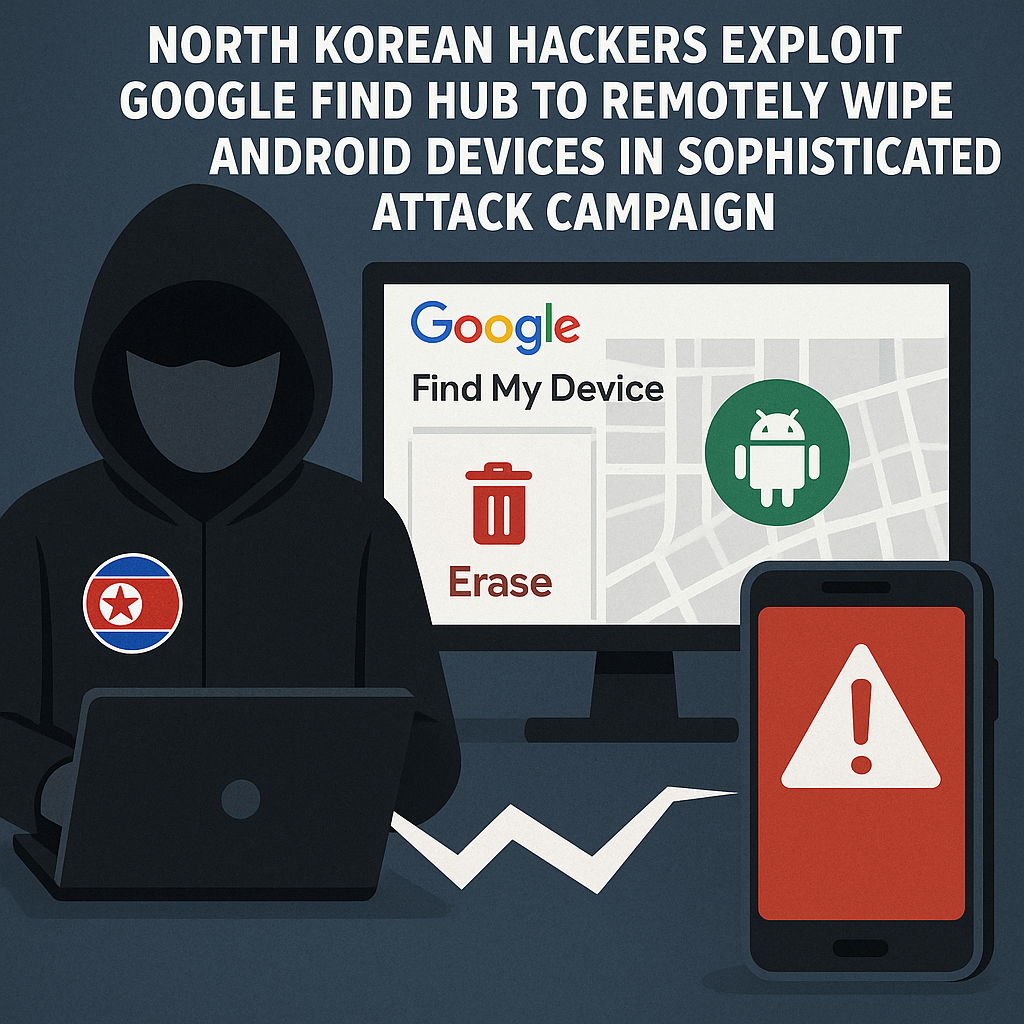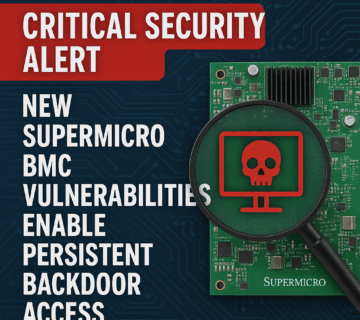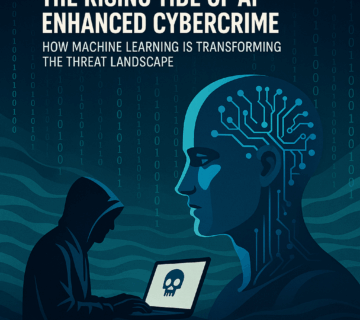
Advanced Persistent Threats Target Critical Data
Advanced Persistent Threats (APTs) are stealthy, prolonged cyberattacks carried out by highly skilled threat actors—often targeting sensitive data, intellectual property, or government systems. Unlike typical attacks, APTs infiltrate networks quietly, remain undetected for extended periods, and move laterally to access high-value assets. These threats often involve phishing, zero-day exploits, and custom malware, combined with social engineering tactics. APTs are commonly linked to nation-states or well-funded criminal groups, making them difficult to detect and mitigate. Organizations must adopt layered defenses, real-time monitoring, threat intelligence, and incident response plans to combat APTs and safeguard critical infrastructure from long-term cyber espionage or disruption.


Cybercriminals Weaponize PuTTY Ads to Deploy OysterLoader Malware in Sophisticated Attack Campaign

Critical Security Alert: New Supermicro BMC Vulnerabilities Enable Persistent Backdoor Access
